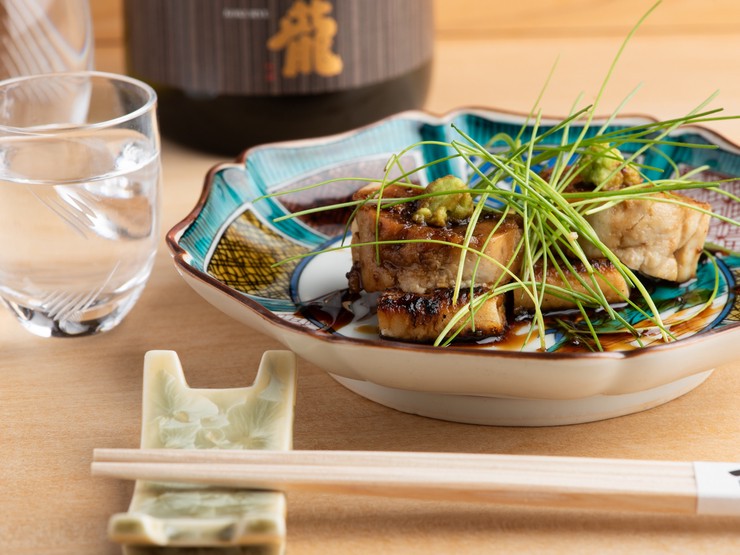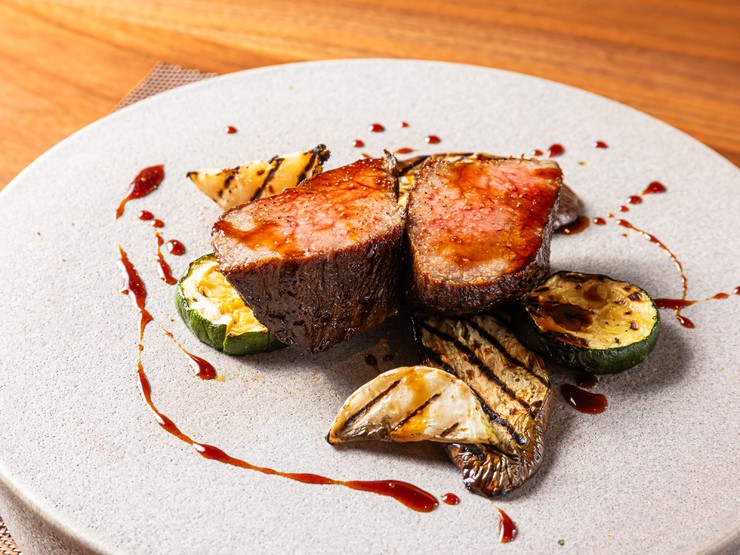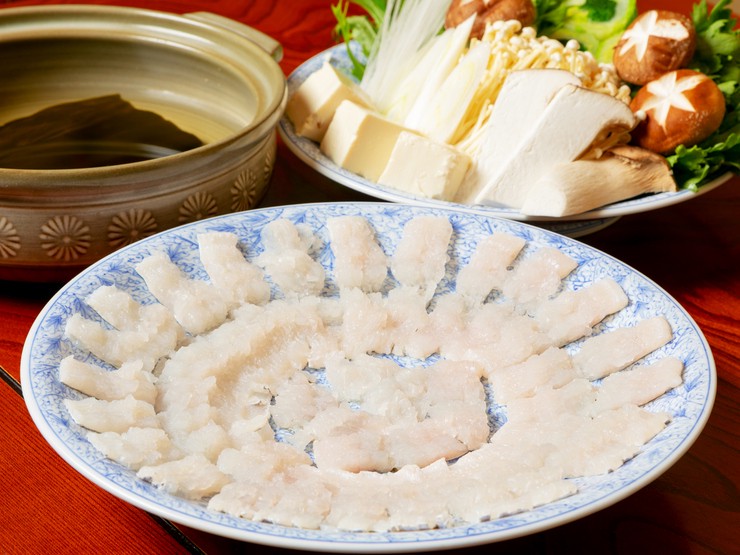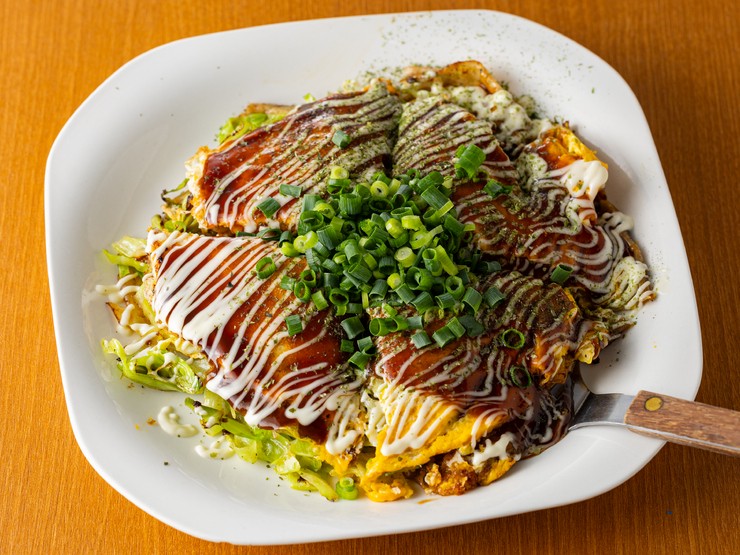Find Restaurant
Online Reservation
Imari City Ceramic Merchant's Museum
The historic merchant residences that shows you the lives of pottery merchants in the Edo Period.
-

Kobe Kitano Sow
Sannomiya, Hyogo
Sushi, Japanese
611.43 km
-

EL CIELO Kitanozaka Branch
Sannomiya, Hyogo
Italian, Italian/French
611.66 km
-

Kappo Nakayama
Gion, Kyoto
Kaiseki (course menu), Japanese
683.33 km
-

Teppanyaki Okonomiyaki Wa
Shin-Koiwa, Tokyo
Teppanyaki, Yakiniku/Steak
1141.96 km
Area Map

In the Edo Period, Imari town had flourished by trading of pottery and merchants had shipped products to Osaka and Edo. The biggest trader at that time was the Otsuka family. The Otsuka's residence was built in 1825 and now bequeathed to Imari city. After the restoration, the residence has been open to the public since 1991. The building is built for Unagino Nedoko, or eels’ sleeping room, the entrance is 5.519 m width, the depth is 14.825 m, a long-narrow shape and extended in 4 directions, north to south, and east to west. The tiled roof is decorated with gables, and the fire-proofed white walls are forming the exterior. This imposing structure exudes the air of authority of a big merchant.
Address
Imari City Ceramic Merchant's Museum
555-1,Imaricho Ko,Imari-shi,Saga
Access from major landmarks
Saga Station - Imari City Ceramic Merchant's Museum
From Saga Station to Arita Station
Fifty-one minutes (via JR Nagasaki Main Line)
From Arita Station to Imari Station
Twenty-five minutes (via Matsuura railroad Nishi-Kyushu line)
From Imari Station to Imari City Ceramic Merchant's Museum
Approx. Five minutes by walk
Attractions near Imari City Ceramic Merchant's Museum
Whether it will be your fist visit to Japan or you're already an experienced connossieur, our guide to things to see and places to go in Japan will cover all what you might need to know.
Destinations
・・・
・・・








